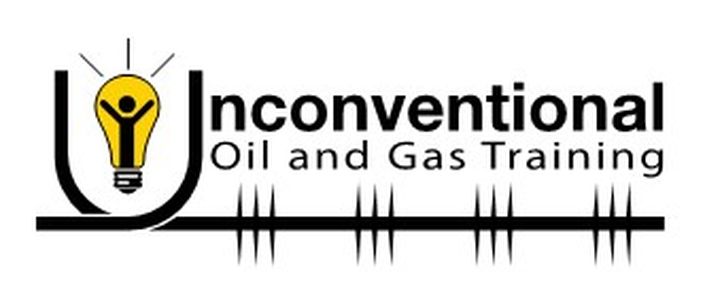
Module 7 - Comparison of Each Type of Multistage Completion Systems
In this module we compare all completion systems from a benefits, considerations, and application standpoint and show where one system might be preferred
Your Instructor

W. Aaron Burton’s career has been focused on the completion of shales and similar unconventional plays that require multistage hydraulic fracturing. In 2015, Burton started Unconventional Oil and Gas Training (UOGT), a company specializing in training and consulting for unconventional multistage completions. UOGT provides in-house and video-on-demand training courses, and performs projects including market studies, due diligence, reports on specific tool segments, and other projects.
Prior to starting the company, he was with Baker Hughes for nearly 8 years. During his tenure in operations he held the roles of field engineer, operations coordinator, and application engineer. Outside of operations he has been product line strategist, completions manager for the Unconventional Resource Team, and product line manager for unconventional multistage completions. He has completed wells, conducted training, and consulted on a variety of projects worldwide. Through his experience, he has developed an understanding of reservoir properties and stimulation design that are used in a data-driven approach to more effectively design completions in unconventional wells.
He is active author and instructor in the industry, authoring a chapter for an award-winning textbook on unconventional reservoirs, and teaching SPE continuing education courses. He has written a variety of other documents including SPE papers, magazine articles and newsletters, and taught numerous classes to many different audiences and organizations. Also, he has been a discussion leader, presenter, panelist, and participated in many other roles in industry events.
Burton holds a BS in mechanical engineering from Mississippi State University.
Course Curriculum
-
StartIntro (1:43)
-
StartNumber of Stages (3:11)
-
StartStage Placement - PNP (0:41)
-
StartStage Placement - BACS (0:34)
-
StartStage Placement - CTACS (0:29)
-
StartDesign Flexibility - PNP (1:07)
-
StartDesign Flexibility - BACS (0:31)
-
StartDesign Flexibility - CTACS (0:32)
-
StartContingency Options - PNP (0:31)
-
StartContingency Options - BACS (1:57)
-
StartContingency Options - CTACS (0:34)
-
StartOperational Efficiency - PNP (0:52)
-
StartOperational Efficiency - PNP with Simultaneous Fracturing Operations aka Zipper Fracs (1:37)
-
StartOperational Efficiency - BACS (0:41)
-
StartOperational Efficiency - CTACS (0:49)
-
StartServices Required for Fracturing (3:00)
-
StartPost Frac Operations (2:46)
-
StartRefracturing Comparison (3:20)
-
StartAdditional Resources for Benefits and Considerations
-
StartIntro (0:33)
-
StartMulti-Entry Fluid Distribution (0:26)
-
StartSingle-Entry Fluid Distribution (0:10)
-
StartMulti-Entry vs Single-Entry Fluid Distribution Case History (2:16)
-
StartMulti-Entry vs Single-Entry Height Containment (2:56)
-
StartLonger Laterals (3:25)
-
StartHigher Number of Stages (1:27)
-
StartLow Number of Stages (1:03)
-
StartAppraisal Phase of the Asset Lifecyle (2:24)
-
StartDevelopment Phase of the Asset Life Cycle (2:09)
-
StartException to the Guidelines for the Appraisal Phase (3:22)
-
StartHydraulic Horsepower Shortage (1:34)
-
StartMountainous Regions (1:42)
-
StartCasing Collapse (1:41)
-
StartShallow Wells with Short Laterals (1:59)
-
StartFracturing Fluid Shortage (2:35)
-
StartOffshore Applications (2:10)
-
StartOther Exceptions to the General Guidelines (1:30)
-
StartEffect of the Downturn on Completion Design and Selection - US Bakken Example (5:06)
-
StartOther Effects of the Downturn on Completion Design and Selection (2:20)
-
StartChoosing your Wellbore Completion Based on Your Frac Design (1:38)
-
StartThe Importance of Coordinating Drilling, Wellbore Completions, and Fracturing (1:31)
